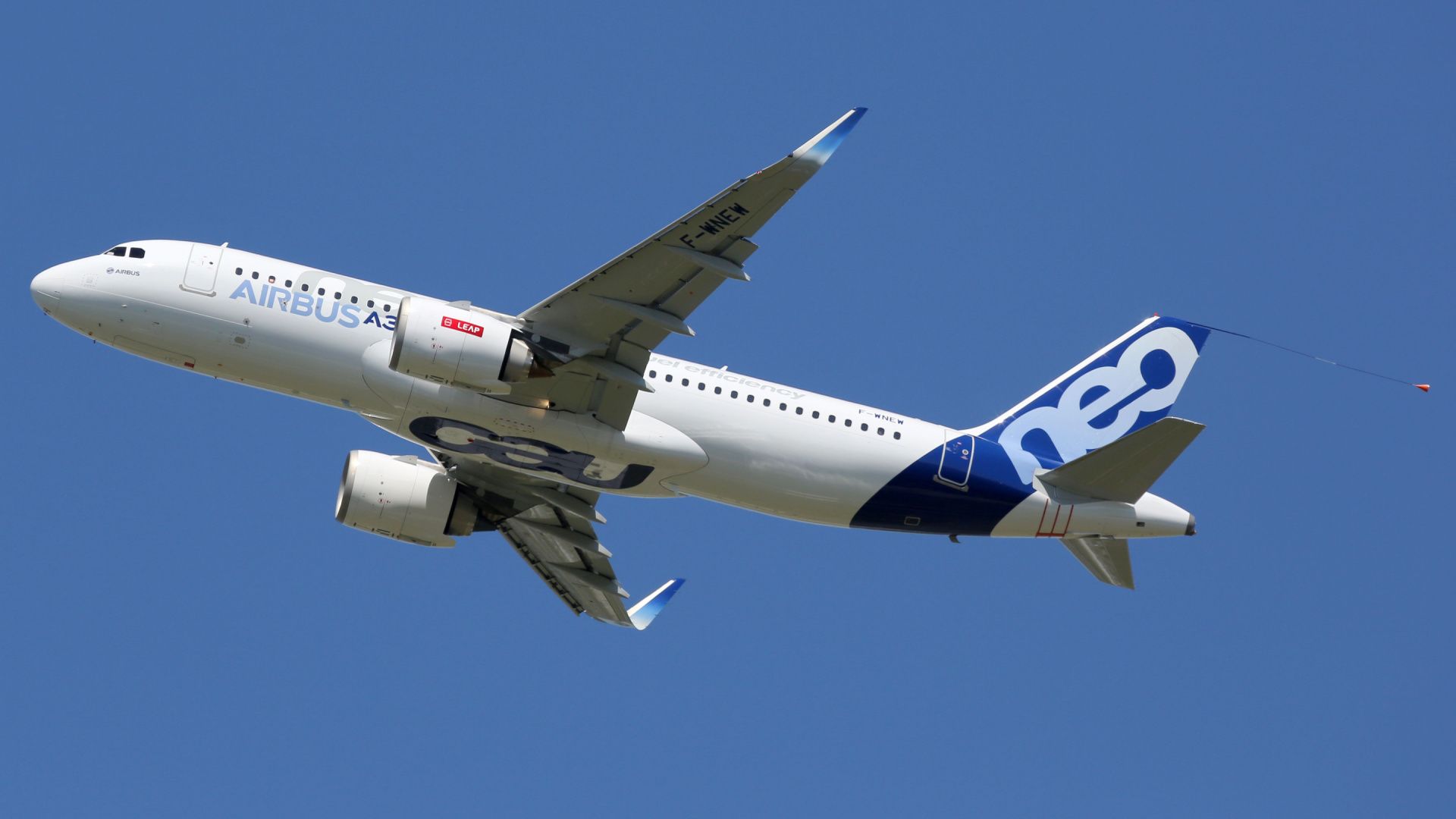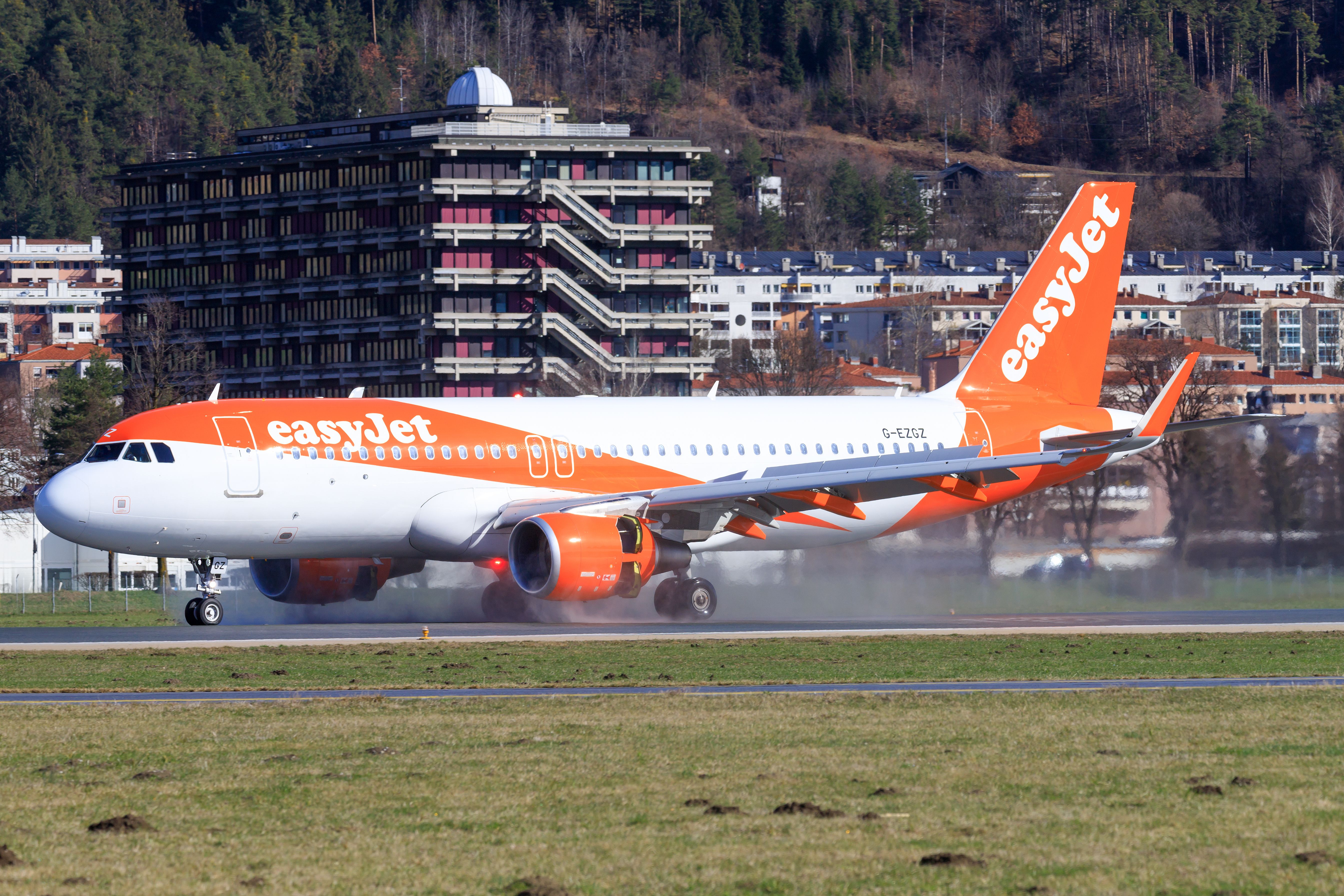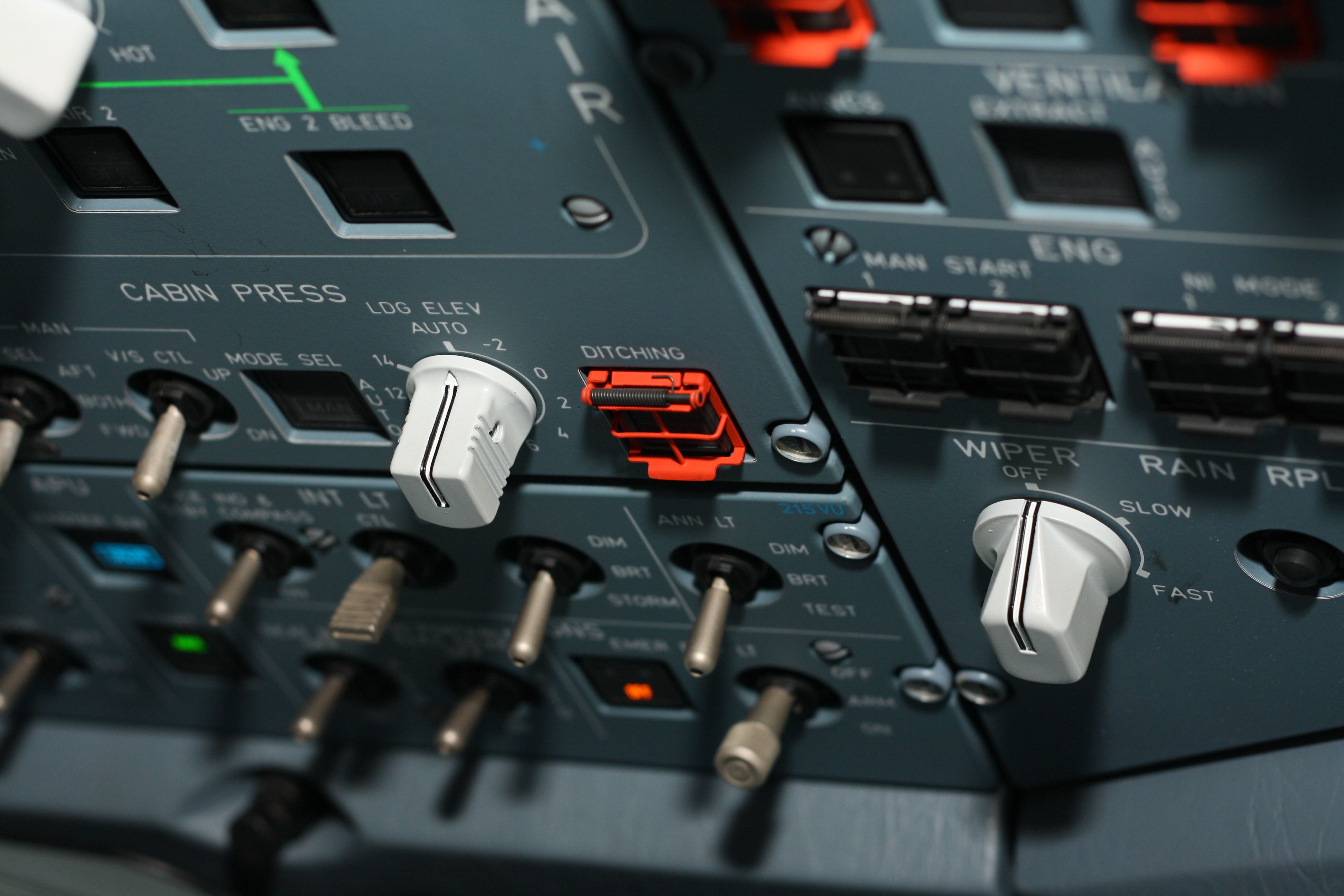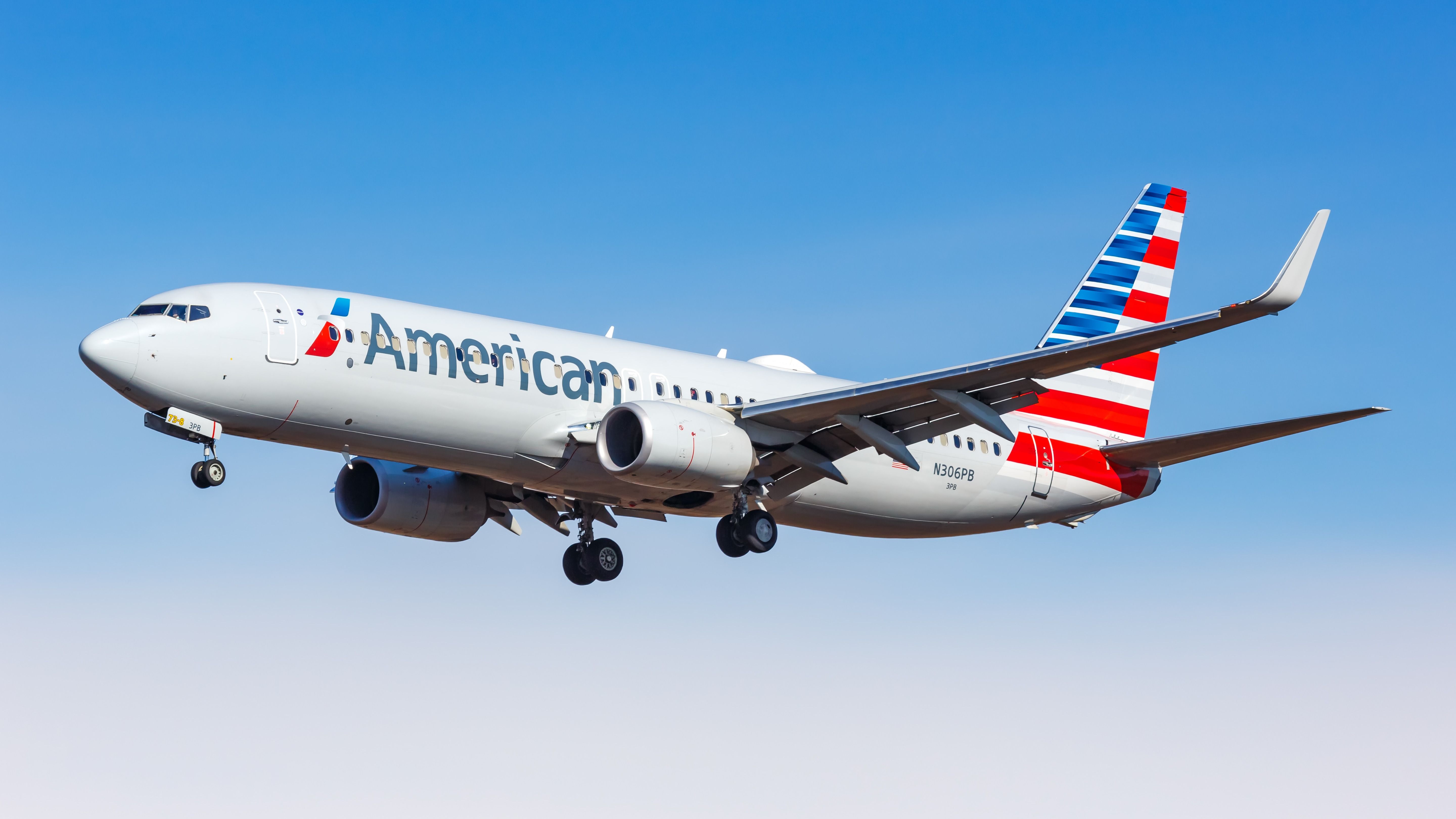Summary
- Airbus has a ditching switch found in the A320, A330, & A340, which is aimed at sealing aircraft inlets below the water level prior to ditching.
- Unlike Airbus aircraft, Boeing planes don’t have a single ditching switch but have separate procedures.
- The ditching switch can help keep an aircraft afloat longer, but not indefinitely, as per FAA regulations.
While extremely uncommon, there are several cases of aircraft successfully ditching in water. Most famously, the US Airways incident in 2009, where an Airbus A320 aircraft successfully ditched in the Hudson River after dual engine failure on takeoff from La Guardia. In such situations, making the aircraft as watertight as possible is essential.
All aircraft types have procedures and checklists to facilitate this. Some Airbus aircraft – including the whole A320 family – have an automated function to help speed up and automate some of the functions necessary.
The Airbus ‘ditching’ switch
All aircraft will have some set of procedures for what to do in the event of ditching in water. Some aircraft, including many Airbus types, automate some of these procedures with a single switch – which is what we are referring to here with a “ditching switch.” This is discussed in useful detail in an Airliners.net post.
The switch is present on the Airbus A320 family aircraft and also on the Airbus A330 and A340. We think that it may also be available on the A350 and the A380, but have not confirmed this. If you know about this, feel free to share this in the comments section.
Photo: Mike Fuchslocher | Shutterstock
The switch is located on an overhead panel in the cockpit, in the same set of controls as cabin pressurization (shown below on the A330). It is protected with a cover to prevent accidental activation.
The switch automates several actions that aim to prepare the aircraft for ditching and make it as watertight as possible. This should slow flooding of the aircraft by closing all open inlets, valves, etc., situated below the waterline and help the aircraft stay afloat for longer. Based on pilot’s comments, and Airbus documentation, these actions include closing the following:
- The outflow valve.
- The emergency ram air inlet (this forces air into the cabin in the event of air conditioning failure or for smoke removal).
- Avionics ventilation inlet and extract valves.
- The pack control flow valves.
- Cargo compartment isolation valves.
- Cabin fans will be stopped.
The training video below from V-Prep shows the checklist and button actions used in the event of a dual-engine failure water ditching.
Similar procedures on Boeing aircraft
Boeing aircraft do not have a single ditching switch. Some McDonnell Douglas aircraft, including the MD-11, do, however. Instead, Boeing aircraft have a set of procedures to follow to carry out similar actions included on the ditching checklist. Most actions and valve closures are accomplished with separate switches rather than one primary ditching switch.
Photo: Markus Mainka | Shutterstock
This should, of course, be just as good for a well-trained pilot. Pilots will rigorously follow a checklist in the event of ditching or a myriad of other issues. An emergency ditching can be sudden and rushed; however, any aircraft feature that speeds this up can only be a good thing.
Will the switch keep the aircraft afloat?
This is an interesting question – and of course, every ditching scenario is different. Sealing inlets should undoubtedly help keep the aircraft afloat longer, but not indefinitely. FAA regulations (regulation 14 CFR 25.801 for anyone that wants to examine in full) state that the aircraft should stay afloat long enough to allow occupants to evacuate the aircraft. Regulations state:
“It must be shown that, under reasonably probable water conditions, the flotation time and trim of the airplane will allow the occupants to leave the airplane and enter the liferafts. If compliance with this provision is shown by buoyancy and trim computations, appropriate allowances must be made for probable structural damage and leakage. ”
In terms of testing, it is not required to test a new aircraft under ditching conditions directly. Instead, models can be used – and these tests can be referenced back to similar aircraft (such as earlier model tests for the A300 in the case of the A320 certification).
US Airways 1549 ditching in the Hudson
Of course, and as alluded to earlier, one of the most memorable examples of water ditching is the 2009 ditching of US Airways 1549, the “Miracle on the Hudon” in New York. It is believed that the ditching button was not used in this event. The accident report does not indicate whether the pilot pushed the button. It appears this would be largely irrelevant anyway, as the impact with the water caused fuselage damage that would allow water entry. Nevertheless, the aircraft remained afloat long after it was evacuated.
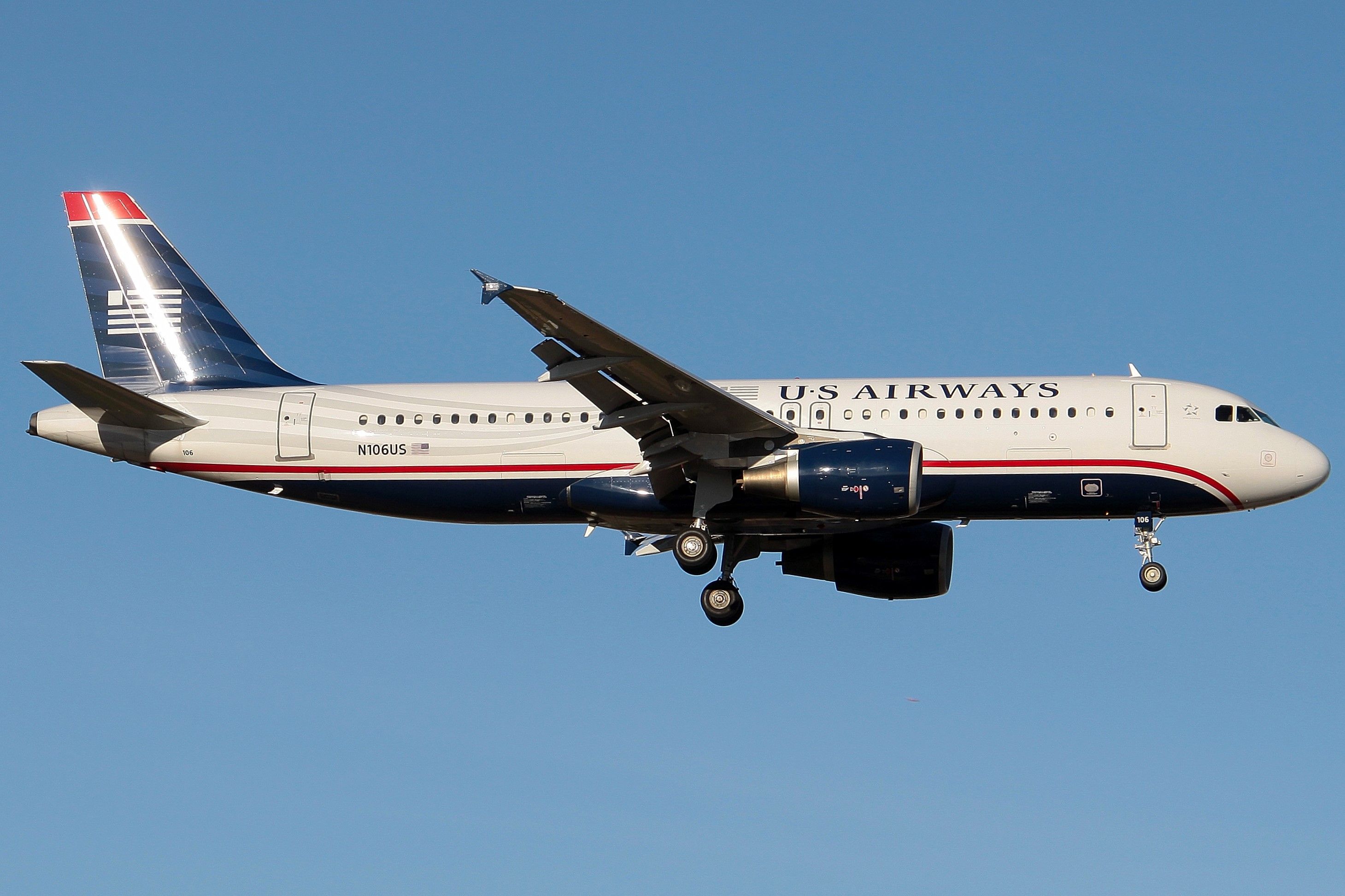
Related
The Miracle On The Hudson – The Full Story
It has now been over 14 years since the incident occurred.
It is assumed that the button was not pressed due to its position on the checklist. The checklist for dual engine failure was designed for high altitudes, where the crew would have more time. Activating the ditching button was low down on the checklist and likely not reached in such a short amount of time. As part of the NTSB findings and recommendations, a new checklist for dual engine failure at low altitudes was introduced.
Do you know more about ditching switches, their functions, and any other aircraft types that have them? Would you like to discuss situations where they have, or could have, been used? Feel free to share in the comments section below.

